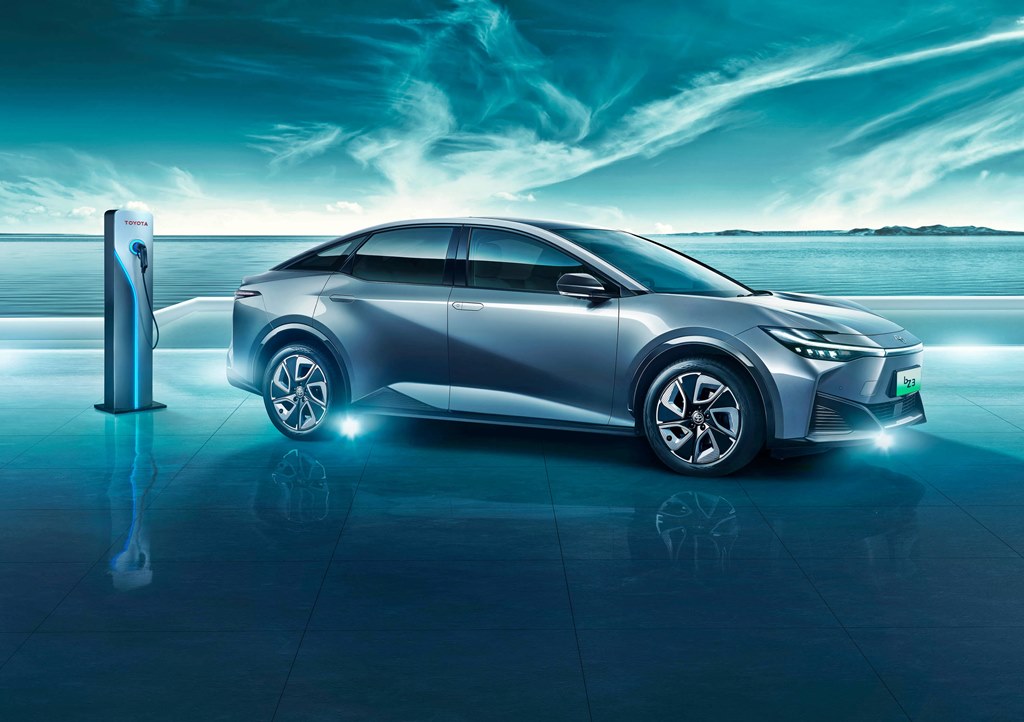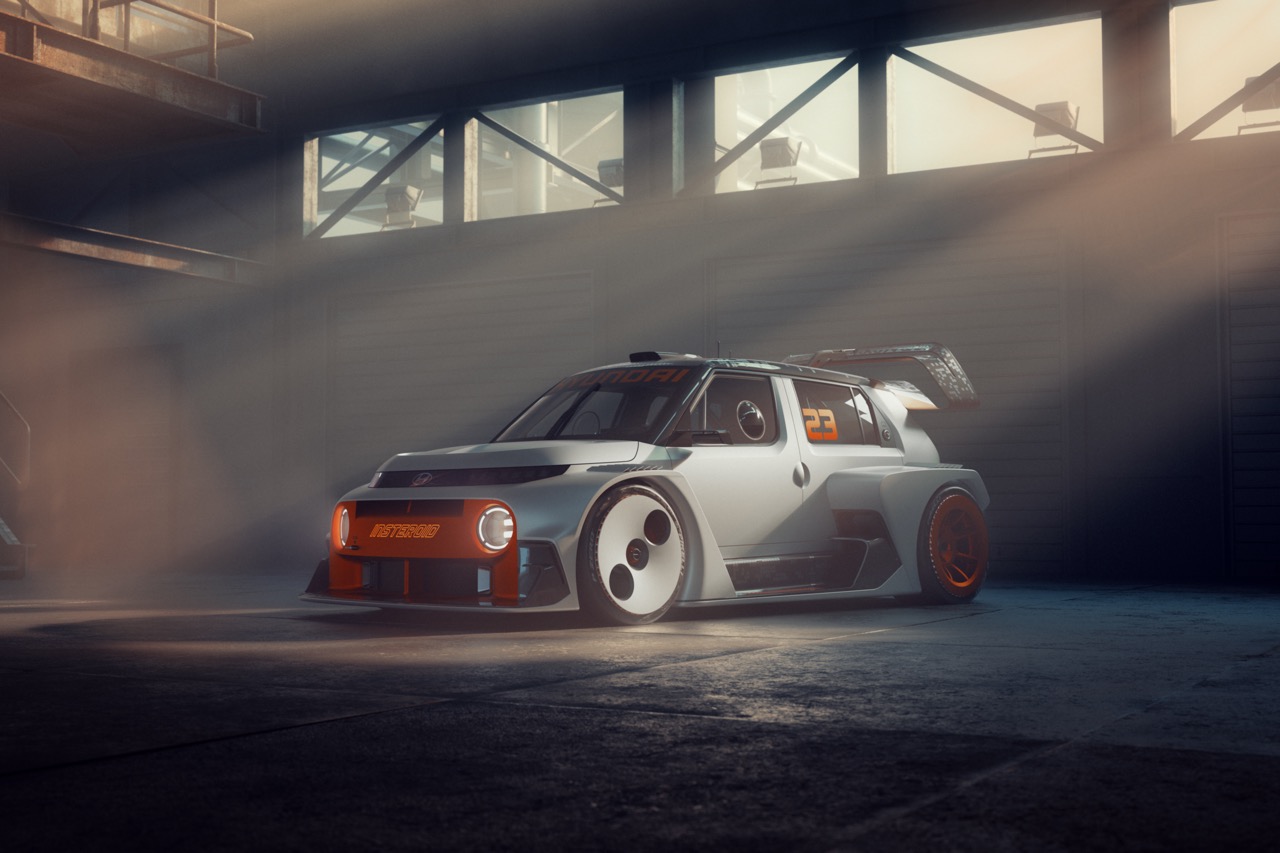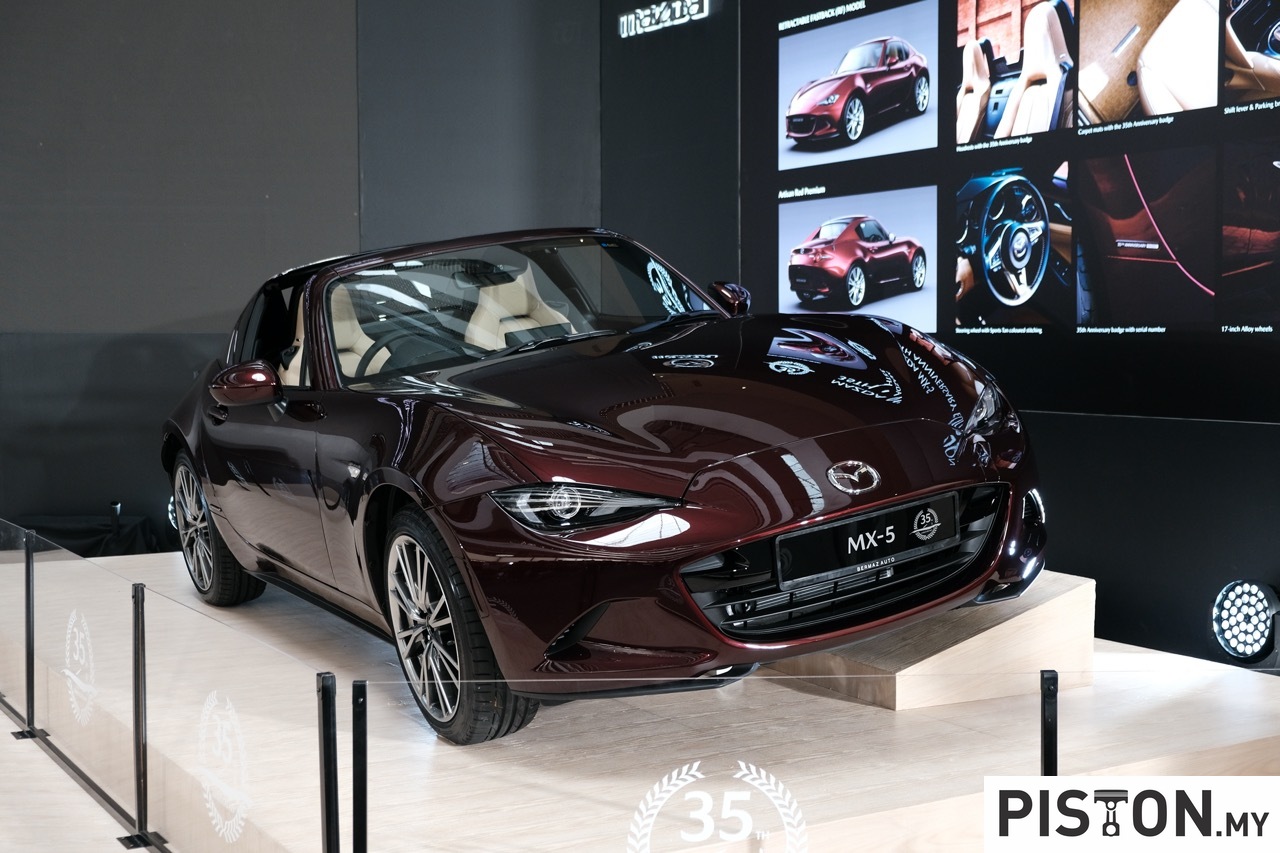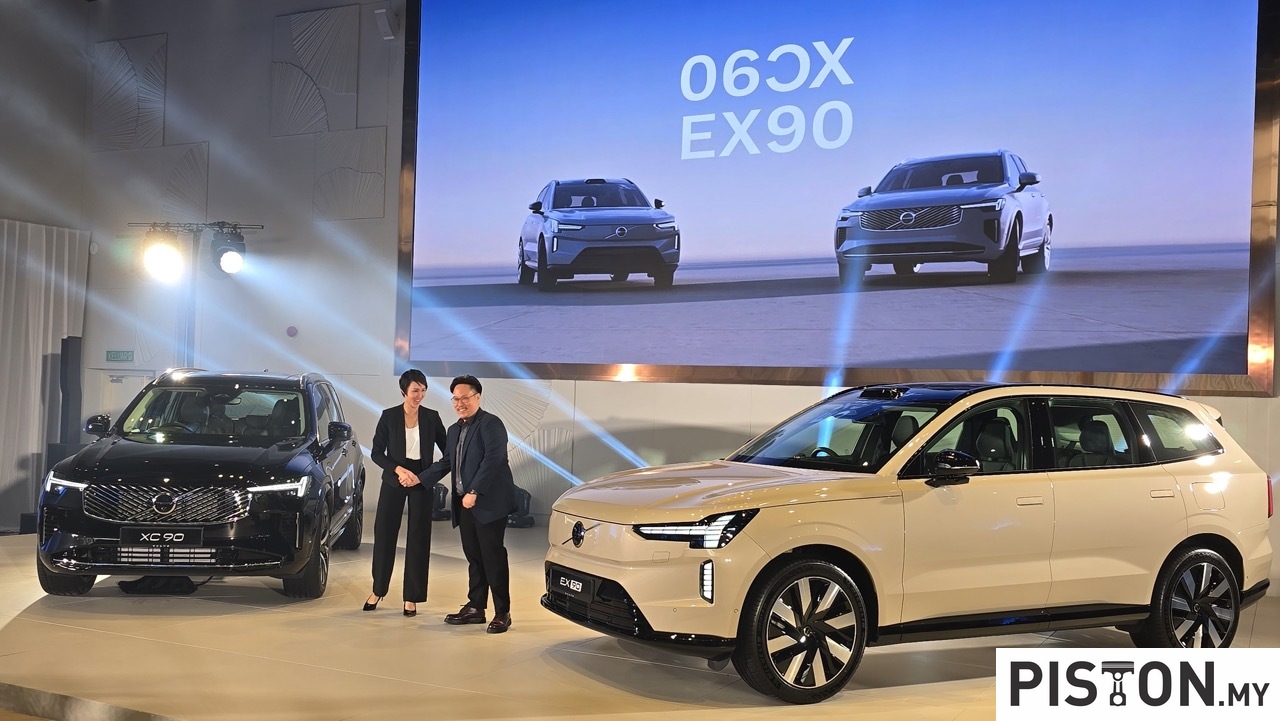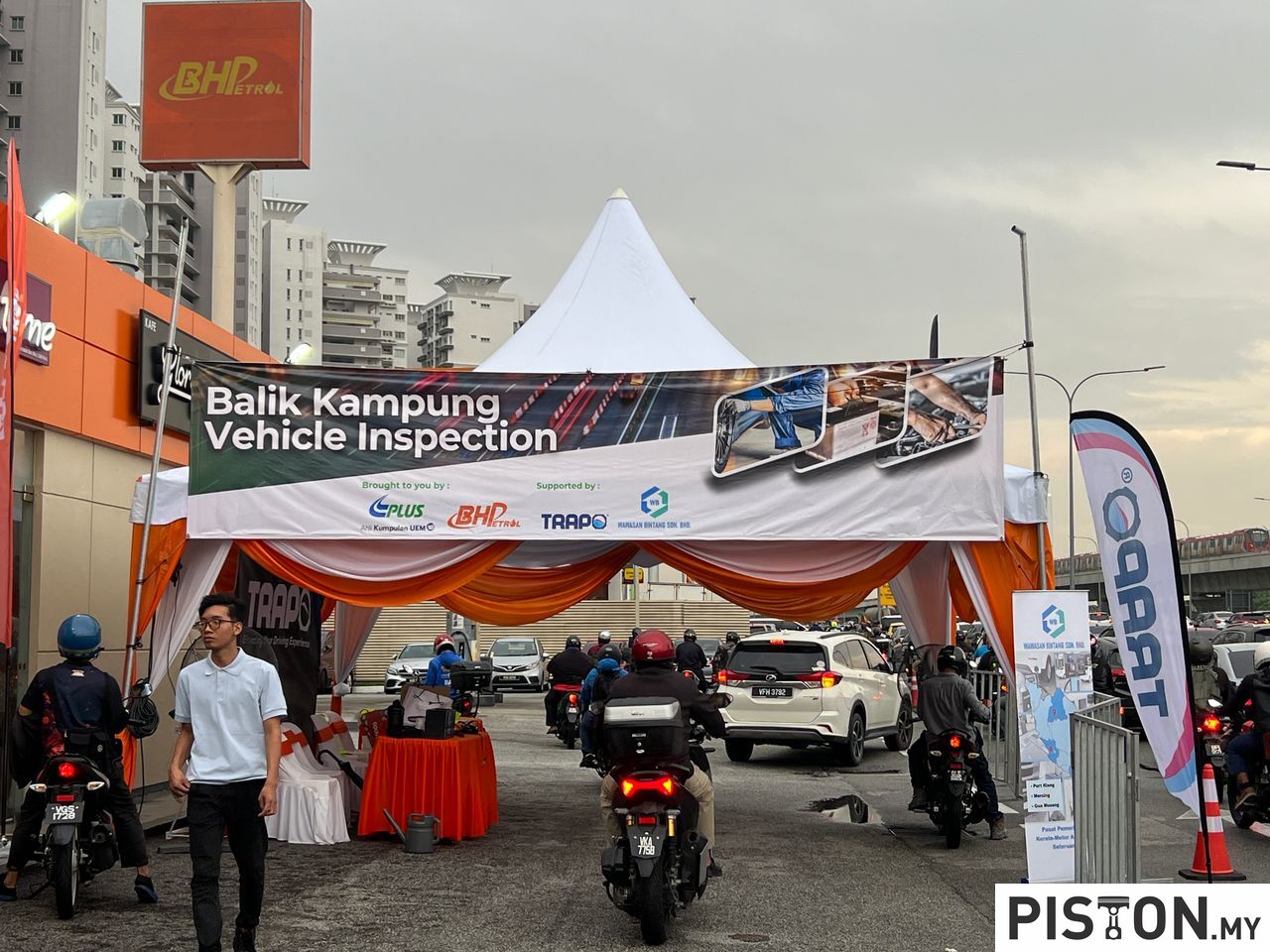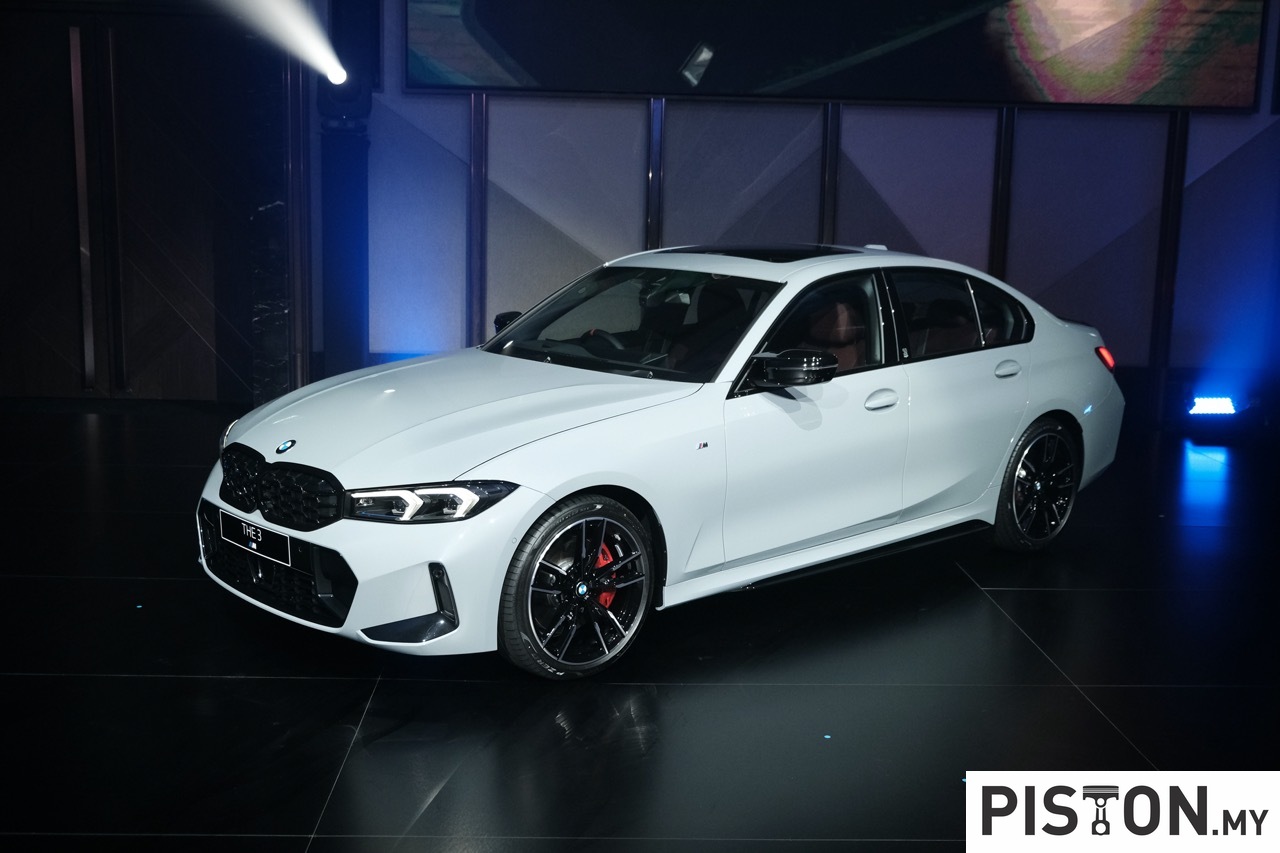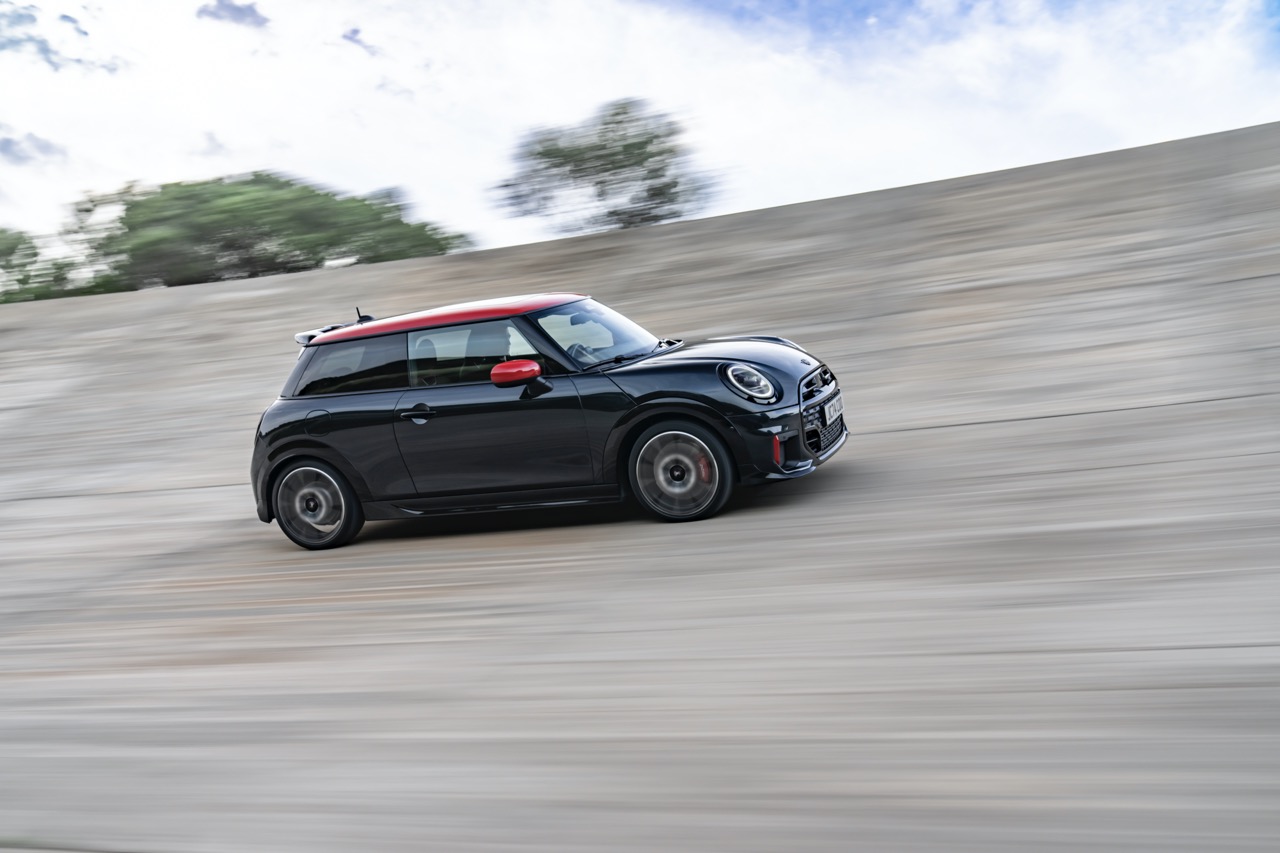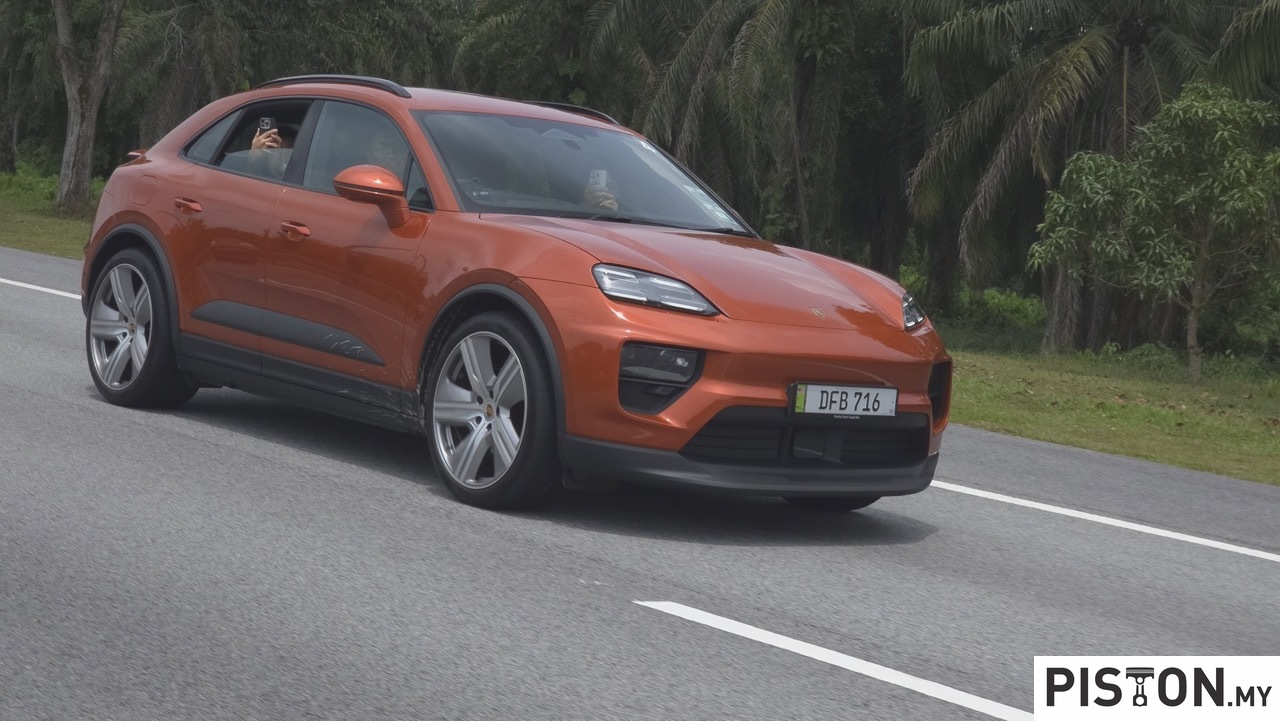Toyota’s second model in its bZ battery electric vehicle (BEV) range is the bZ3, and it has been developed for the Chinese market using a different approach to product development. This approach has involved two other companies – BYD Company Ltd and FAW Toyota Motor.
Each company is a leader in its own field: Toyota in automobiles, BYD in batteries and FAW Toyota having the production facilities and network coverage across China. Over 100 Toyota engineers from the design, production, engineering, and quality control departments participated in the development, working together with engineers from BYD and FAW Toyota.
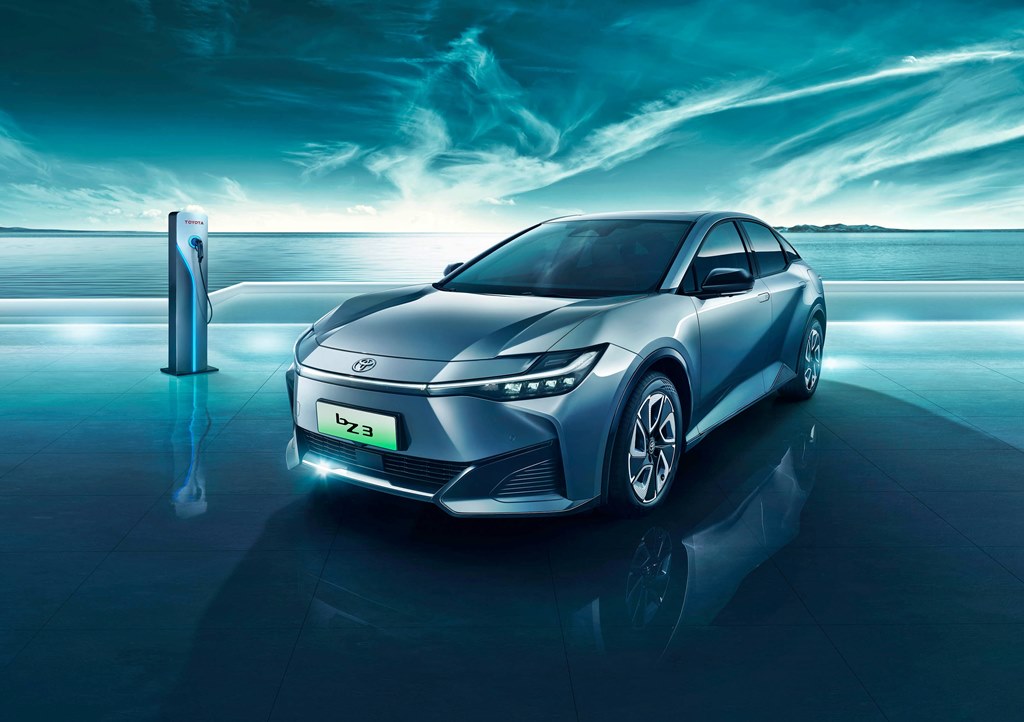
The bZ3 uses the e-TNGA vehicle platform developed by Toyota specially for BEVs. Like the TNGA (Toyota New Global Architecture) used most of the brand’s recent models, e-TNGA also offers a low centre of gravity for handling stability and good driving dynamics.
More importantly for the driver, the driving position is configured to minimize muscle strain, reduce fatigue over long distances, and create an enjoyable driving experience. Moving, turning, and stopping have been fine-tuned utilizing Toyota’s expertise gained from decades of experience in car-making and motorsports.
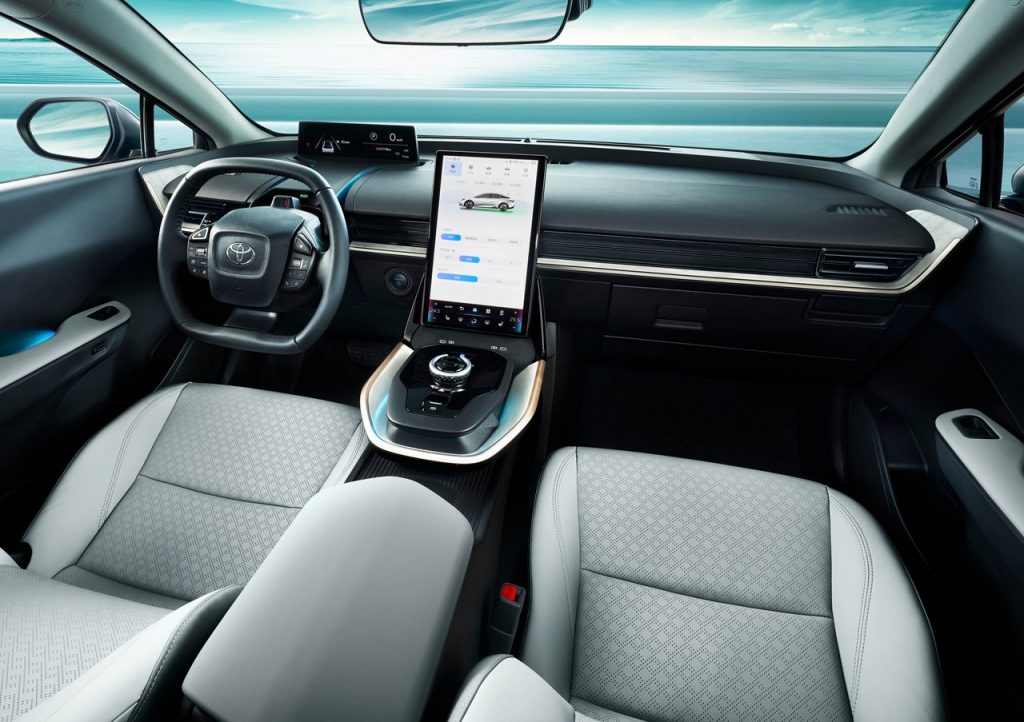
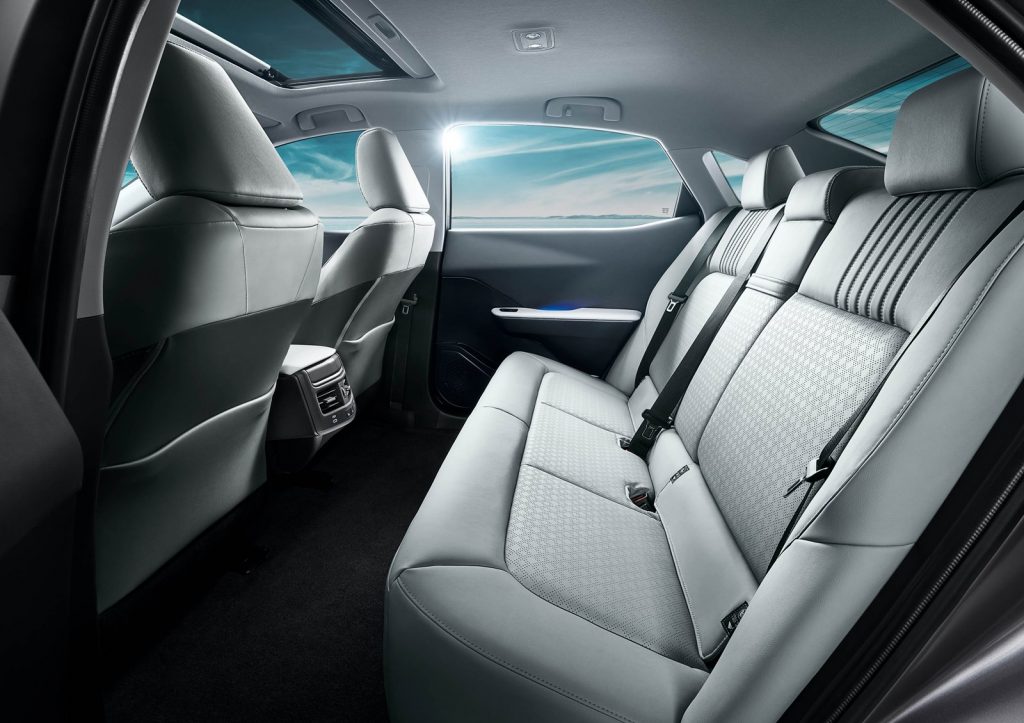
The optimised driving position is incorporated in the interior development concept of the bZ3 which is to create a Family Lounge. This is to provide the occupants with a space that is more than just for sitting in between destinations. The aim is to make it a space for entertainment and relaxation, with enhanced digital features to suit customer preferences.

The interior features a Digital Island system that integrates a large vertical centre display with a tray-type console. In addition to wireless charging, it integrates functions for linking smartphones and multimedia, providing a new experience for customers. Air conditioning, music, boot release, and other controls are also integrated into the large display, and voice control greatly advances convenience and innovation.
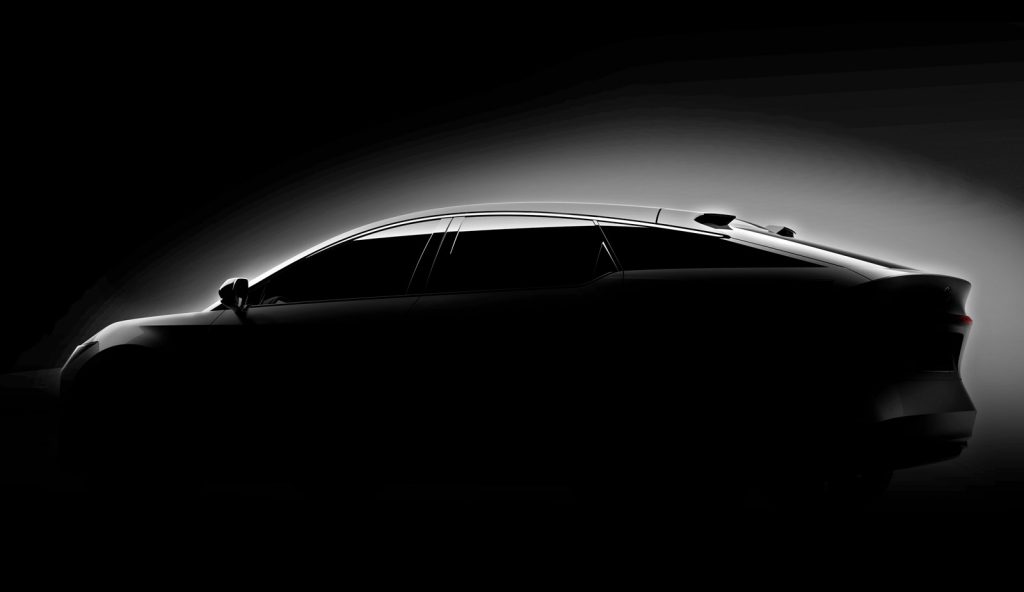
On the outside, the styling adopts the bZ design language with a ‘hammerhead shark-like’ design format. The BEV-specific form has a long cabin of a fastback over a long. To enhance airflow, the corners of the bumper have air guides and air curtains guide the flow to minimise turbulence. Along with flat door handles and other aerodynamic features, the Cd value is brought to a low 0.218.
BYD, with its long expertise in battery technology, has been core technologies for electrified vehicles as well. It provided that expertise to develop the electrification system using BYD’s lithium-ion LFP battery with lithium iron phosphate. The battery structure, cooling, control, and safety monitoring systems are all newly designed for the bZ3 which has a claimed maximum cruising range of over 600 kms.
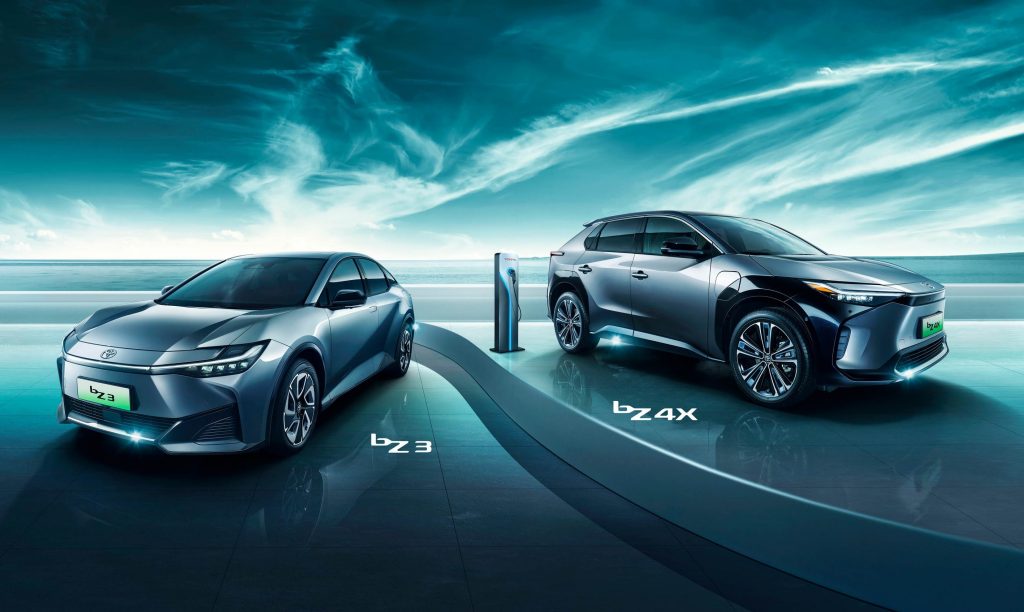
While the bZ3 is said to be for China, that may be just an initial plan taking into consideration that demand is likely to be high so there won’t be any units left for exports. However, Toyota might well use the same design for other markets as it does want to build up its bZ range during the decade.




